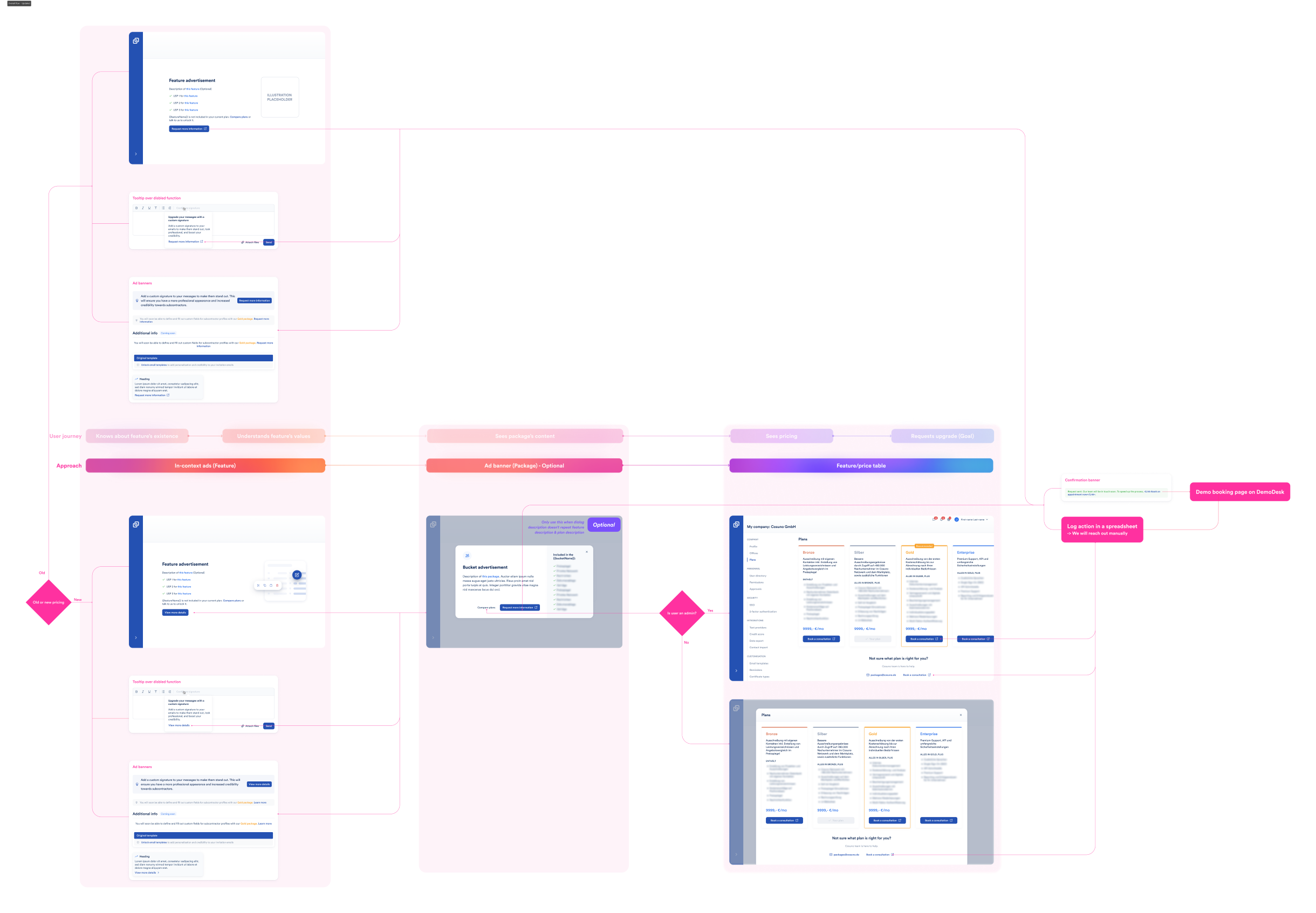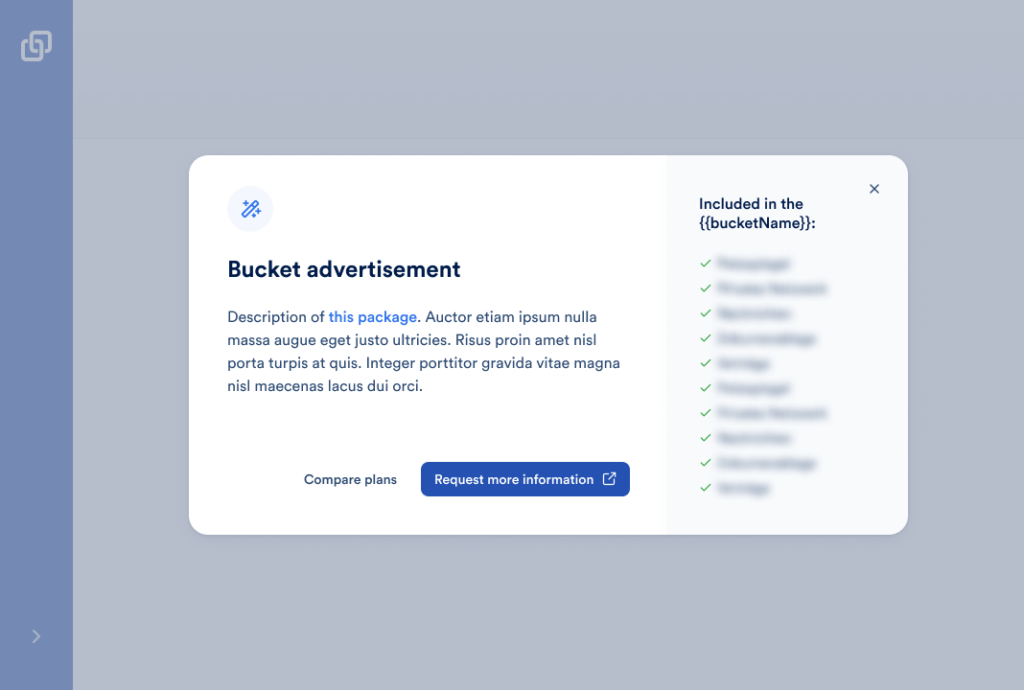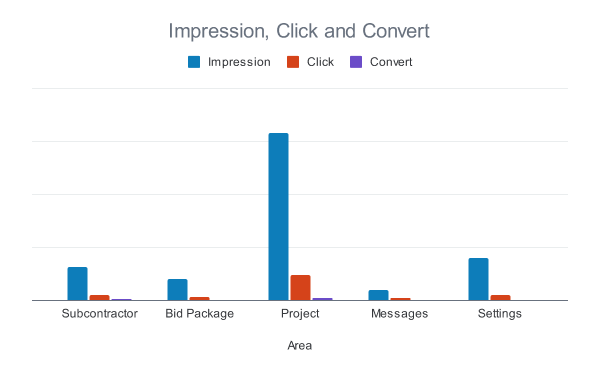Problems to Solve
Pricing and upgrades haven’t been tackled before, leaving room for improvement.
Users couldn’t find a clear breakdown of features in different packages or upgrade prices.
Users didn’t know how to upgrade.
Constraint: User testing on pricing was deemed too sensitive, hence inviable.
My Responsibilities
Brainstorming workshop to generate solutions
Defining goals with PM and EM
Risk assessment & prioritization
Creating user flows & design patterns
Defining A/B tests and success metrics
Analyze results and suggest next steps
Impacts
Validated the need for package upgrades
Established the groundwork for the package upgrade and advertising flow
Designed a unified price table for the platform and homepage
1 / 8
Brainstorming Workshop
I facilitated a workshop that brought together a 7-member engineering team and the product trio (product manager, product designer, and engineering manager). The workshop aimed to:
Analyze the strengths and impediments of the current product approach towards user-driven upgrades

Identify opportunity gaps by reframing impediments into actionable statements (HMW questions).

Brainstorm solutions for the HMW questions and categorize them.

2 / 8
Risk Assessment
The categories of brainstormed solutions are evaluated based on svpg’s the four big risks:
- Value Risk
- Usability Risk
- Feasibility Risk
- Business Viability Risk
As a result, the following approaches have been selected to address within the scope of this project:
Contextual hints & In-context advertisement
Pricing table: Overview of features & possible upgrades
Enhance Feature Flag Structure (not design-related)
3 / 8
Goals
Lay the groundwork for product-led pricing and upgrades
Understand user behaviors and attitudes toward upgrades
Make sure demand-side customers stay engaged and upgrade to more profitable models
4 / 8
Moodboard / Competitive Analysis
Pricing flows of competitors and similar B2B platforms were examined to identify industry best practices for pricing presentation and advertising.

5 / 8
User Flow
6 / 8
Success Metrics
Impression count of the price table.
Click rate of each advertisement
Click-through rate of each advertisement.
7 / 8
Design Patterns
Advertising Flow Overview

Pricing Table – Platform


Pricing Table – Homepage

Contextual Advertising Banners


Advertisements in Empty States

Advertising Dialogs

8 / 8
Experiments
Variant test with different CTA copies and track the click-through rate
A/B Test with and without prices and track the click-through rate
8 / 8
Result Analysis
We reviewed user interaction data for upsell features, focusing on where and how users engage with upgrade prompts.
Conversion per Company
Launched advertisements for 10+ features in Gold packages and validated a conversion rate (by unique company) of 12.7% within 10 weeks, as of December 17th 2023

Conversion per User
Interesting gap between click rates and click-through rates (unique users) indicates that users are interested but encounter obstacles in completing the desired action
Conversion per Area
Engagement volume is highest in high-traffic areas like Project, reflecting strong adoption and visibility in these major user flows.

Conversion per Ad Format
Engagement is highest when ads are shown in place of disabled functions, followed by empty state ads, indicating that users are more likely to interact with ads directly tied to their intent to use the function.

Conversion per Feature
The high user interest and engagement observed for Custom Signature, Cost Analysis and Estimation, and Certificate features suggest a high market fit and perceived value for these offerings.

Next Steps
Analyze how interaction with upsell ads changes over time based on user roles (e.g., admins vs. non-admins) to guide decisions on allowing users to share their interests with admins
Measure whether users return to ads pages after initial exposure and whether engagement shifts as users recognize ads
Prioritize upsell patterns that attract users at moments of high intent, such as disabled feature prompts
Reconsider contextual banners, as their low engagement suggests they are less effective for driving upgrades
Key Takeaways
Integrating in-context advertisements and contextual hints into the user interface can enhance user awareness and engagement with premium features, driving higher conversion rates.
Since we couldn’t conduct user research initially, we had to rely on continuous experiments to analyze user behaviour and feedback, which helped ensure our solutions stay effective and relevant.
Team & Stakeholders
Carmen Pölking – Product Manager
Christoph Werner – Engineering Manager
Dominik Rowicki – Software Engineer
Sergey Falinsky – Software Engineer
Szymon Ludyga – Software Engineer



